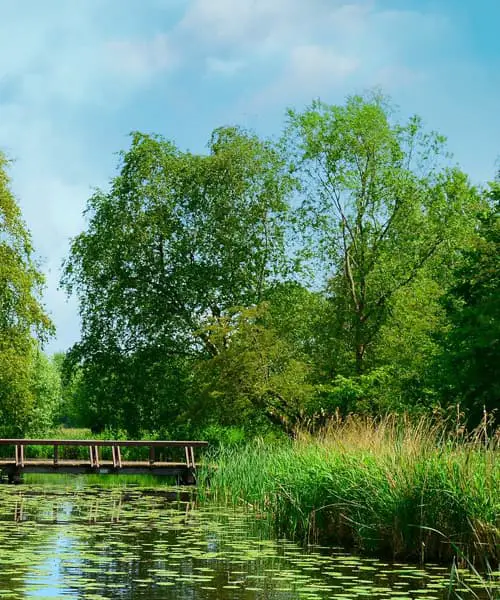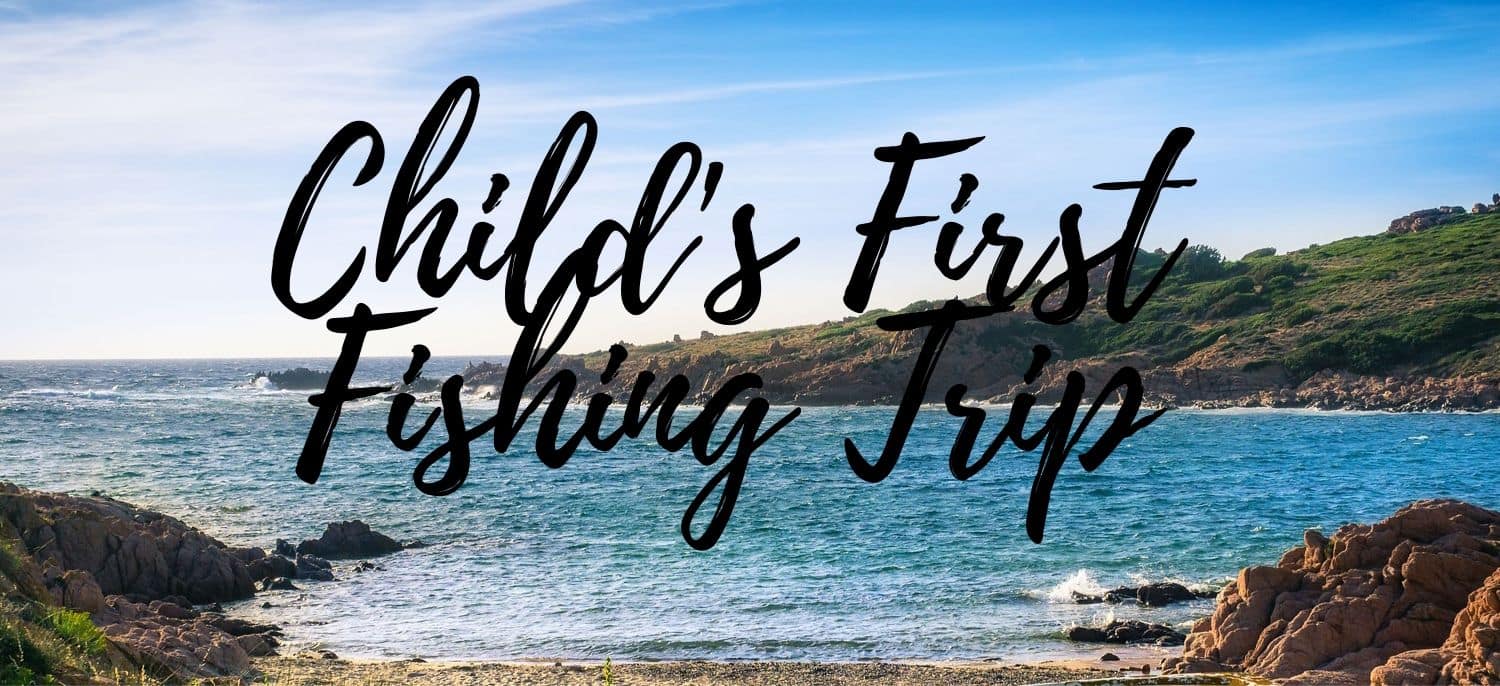Taking your child fishing for the first time can result in great memories for both kids and parents alike. The excitement of getting out on the water and catching fish along with spending time outdoors with your loved ones can be an extremely enjoyable experience. Here we will cover a few things you will want to consider when taking your child fishing for the first time.
In this guide, we will cover safety tips, where to take kids fishing, the types of fish to target, fishing gear for kids, and techniques for teaching kids how to fish.
Safety
- When on a boat or canoe, or anywhere near the water, small children should always wear a life jacket. Even adults should wear life jackets on a boat to instill good safety practices in your child.
- Children should always be supervised by a responsible adult when fishing.
- Young children have sensitive skin, so you need to make sure they are protected from the sun. Sunscreen, hats, and sunglasses will help keep them safe against the sun.
- Teach them that hooks are sharp and to be cautious around them. Nobody wants to get hooked. You may want to use barbless hooks to be safe.
Where To Fish
To make the experience more enjoyable for children, you will want to choose the right fishing location. Here are a few things to consider:
1. Try to avoid crowds
Taking a child fishing for the first time requires patience. To keep everyone safe, it is best to avoid crowded areas. If you have your own boat or can rent a boat or children’s charter service, these are all good options.
2. Fish from a dock or pier
An open uncrowded dock or pier can be a great spot for children to fish from.
3. Open banks
If you can find an open bank where the terrain is relatively flat and safe, this is also a good spot

4. Quick access to bathrooms
Small children often have weak bladders, so it might be good to fish somewhere with quick and easy access to a bathrooms
5. Avoid weedy areas
You may also want to avoid fishing in weedy or rocky areas where snags are likely to take place. Children are more likely to get snagged and this won’t be enjoyable for anyone.

Types of Fish to Target
Panfish
Smaller fish like panfish are typically the best for children to target. Bluegill, crappie, and sunfish are all good species to target and they can usually be found near docks and piers which makes them great for kids to fish for.
Perch
If you live near the coast, fishing brackish waters for white perch is great for kids. These fish are usually only around 8 inches in length and weigh less than 3 pounds, which is easy for younger anglers to handle.
Trout
If there is a stocked trout pond near you, this would be another great option for kid-friendly fish species. The trout in other areas may be too hard to catch, but trout ponds are typically easy for kids to fish.
Fishing Gear For Kids
FISHING RODS
When taking your child fishing, don't use overly complicated gear. This can end up leave everyone frustrated and not having any fun. Spinning rods and reels or cane poles are easiest for children to use.
Setup
The easiest setup for a child to use is a simple bobber and live bait setup. Being able to see where the bobber is as it floats through water can help children understand where their bait is and see action when a fish strikes.
Baits
Don’t use lures that are difficult to work and require a lot of finesse to fish successfully. Simple bait options and live bait tend to work best. This can be worms, crickets, corn, marshmallows, pieces of bread or hot dogs depending on the fish you are targeting.
Best Casting Techniques for Kids
The easiest way for children to learn to cast is to use either an overhand cast or a sidearm cast. The overhand cast is the first one a child should learn but you can also teach them the sidearm cast which is similar enough.
Overhand Casting
Overhand casting begins with the child bringing the fishing pole handle up to about eye level and casting it in a downward arc. This is the easiest casting method for children, which is why it is so widely used.
One thing to be cautious of when teaching a child the overhand cast is to make sure their pole is pointed upwards the whole time. You can also have a slight tilt backwards.
When kids are first learning this technique often they will point the pole too far backwards, which can be dangerous for anyone standing behind them when using a sharp hook. Make sure they are not pointing their rod too far backwards.
Overhand Casting Pros:
- Easy to learn
Overhand Casting Cons:
- The bait can make a large splash which may spook fish
- If the rod if pointed far backwards the hook can snag which can be dangerous
Sidearm Casting
The sidearm casting technique is also pretty easy for children to learn. It is very similar to the overhand cast, except instead of extending the rod downward in front of you, you are casting to the side.
The sidearm cast can be good because the bait travels perpendicular to the water, which makes it land gentler. If you’re fishing smaller fish who spook easily, landing gently in the water is important.
Sidearm Casting Pros:
- Easy to learn
- Lure lands gently in the water
- Less likely to get snagged on anything overhanging
Sidearm Casting Cons:
- Can be more difficult to aim for children
Regulations
You will want to make sure you follow all the rules when going fishing, because if you end up in trouble, it could leave a bad impression on your kids.
Important Lessons
Taking your child fishing for the first time is a great opportunity to instill good values into their impressionable young minds. If they learn good habits at an early age, they will be more likely to carry these on as they grow older.
Catch and Release
Teaching a child to catch and release without harming the fish can be an important lesson. There’s absolutely nothing wrong with keeping a fish to eat if the local regulations allow it. But in general, to help conserve the environment, most fish should be released unharmed after catching.
Cleaning Up the Environment
Another important lesson for children to learn when going fishing is to pick up after themselves when they are done fishing.
Around many lakes and rivers where you will fish, you may see signs of litter from lazy inconsiderate people. This can pose a threat to wildlife, and can also detract from the beauty of natural areas.
This is a good time to teach your child the importance of doing their part in cleaning up the environment.
How to Make Fishing More Enjoyable
Fishing is a great hobby that offers many health benefits. If you want your child to appreciate fishing and enjoy the activity the same way that you do, there are a few things that can help them enjoy the activity more.
Take Breaks
Children can often have short attention spans. Spending 1-2 hours holding a fishing pole and staying focused on fishing the whole time is not a reality for most children. Take breaks every once in a while and explore the scenery. Let them wander off and play.
Even a short 10-15 minute break can help your kids recharge so they are ready to fish again.
Stay Patient
Remember to stay calm and patient with your children. If you get upset with them on one of their first fishing trips, they will not be likely to enjoy future outings. You may have to deal with things like hooks getting snagged on branches and in weeds, lines being crossed and tangled, the fish yanking the pole out of your child’s hands and into the water.
These are all the realities of fishing with small children. It’s important to stay calm and patient even when things may be frustrating at times.
Make Things Easy
You may have to help your child catch their first fish to make things easier. You can cast and set the hook by yourself and then have your child reel it in. Or you can even reel it in and give them the rod to help them feel accomplished.
If they keep losing fish and don’t ever get any help, they could be frustrated, so you may have to help them to enjoy the day.
Stay Refreshed
Make sure to bring water and snacks, especially if you’re going to be out for a long period of time. You may want to bring a full lunch and plan to have a picnic on your fishing day. Making sure your child is properly nourished and comfortable can go a long way to making things more enjoyable for them.
Summary
Setting up the perfect environment to take your kids fishing for the first time may seem like an overwhelming task, but it really isn’t that complicated if you break it down.
The key things to remember are:
- Taking appropriate safety precautions
- Fishing the right locations
- Targeting smaller, easier to catch fish
- Using simple gear
- Overhand or sidearm casting
- Following all fishing regulations
- Lastly, make sure everyone is having fun!
